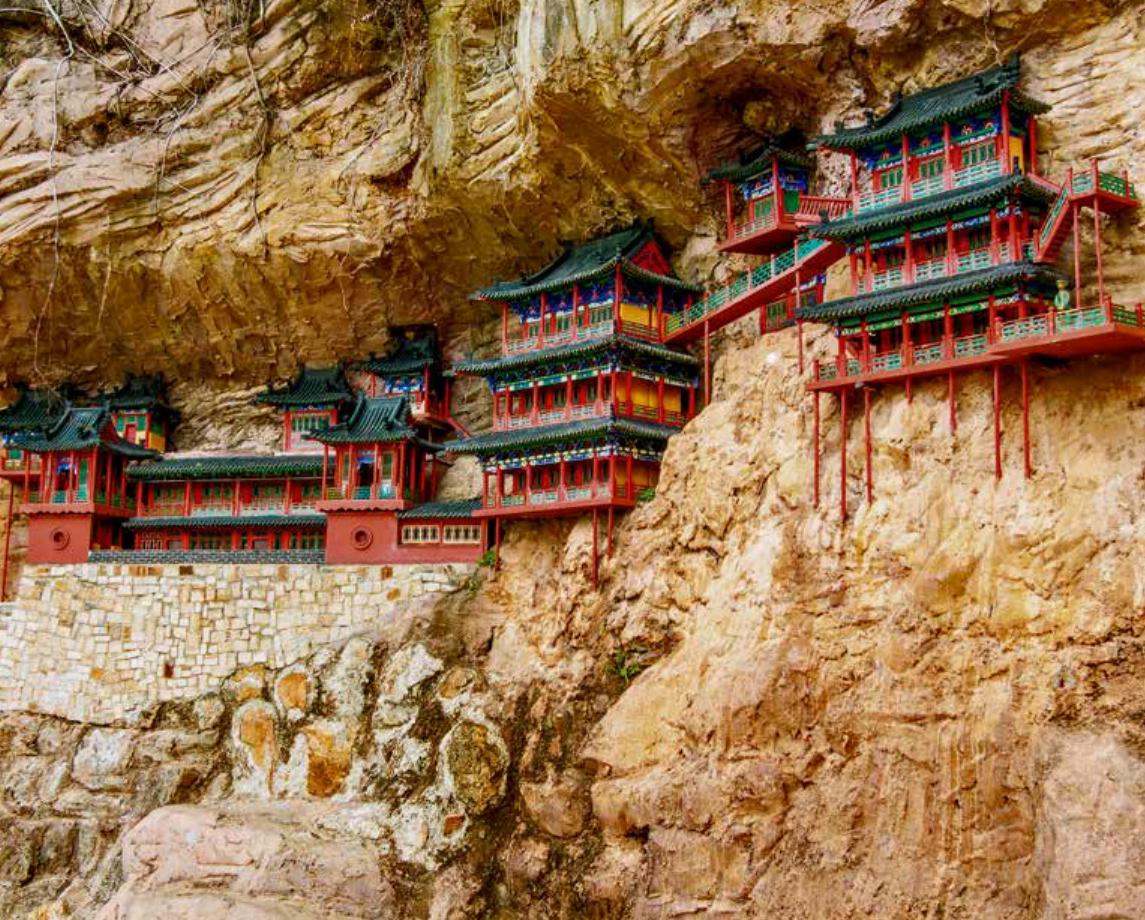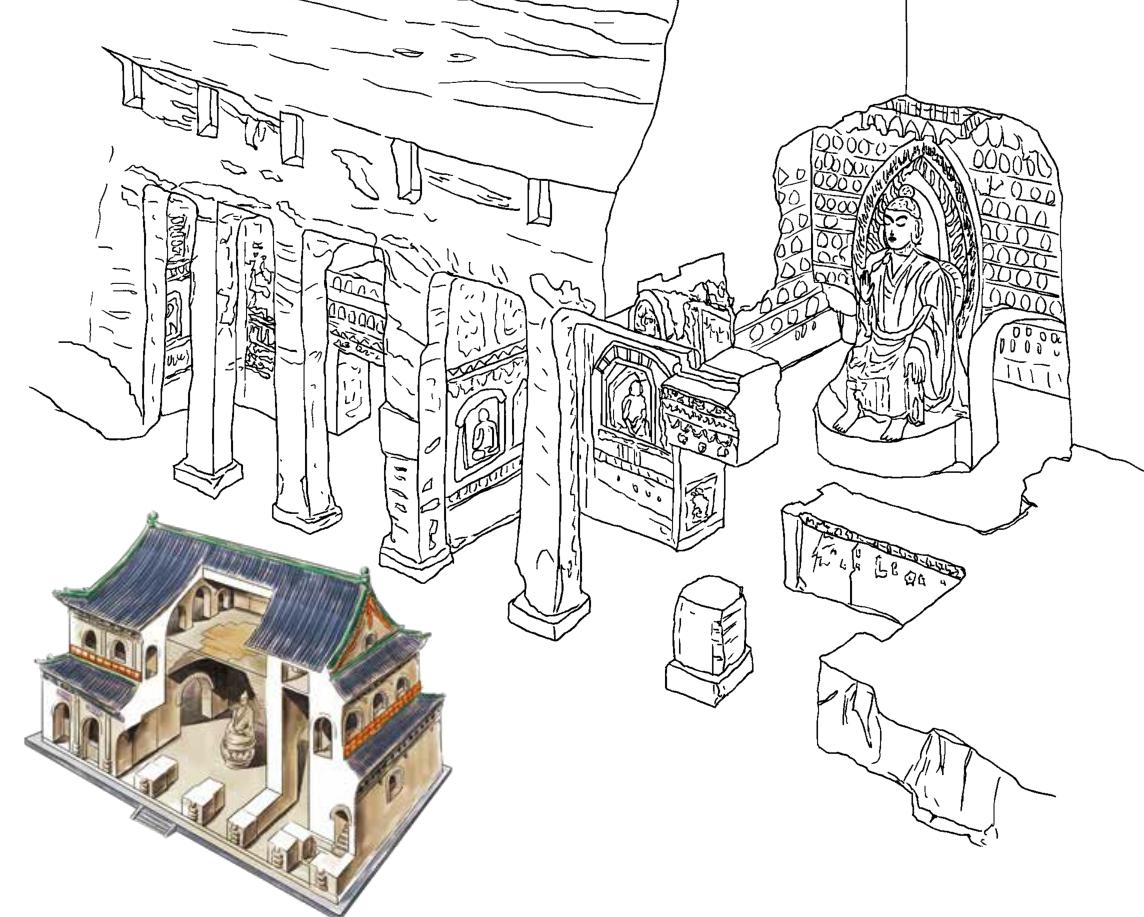Seeking China’s Most Beautiful Ancient Buildings
2020-02-04
Shanxi Province, one cradle of Chinese civilization, has rich historical and cultural heritage. As a saying goes, Shaanxi Province is the best place in China to find underground cultural relics, while Shanxi Province is the best place to see above-ground relics. Shanxi has the largest number of ancient buildings with the highest historical value in China.
Statistics show that Shanxi has 53,875 registered immovable cultural relics, of which 28,027 are ancient buildings.
In terms of survived ancient buildings from before the Yuan Dynasty(1271-1368), Shanxi alone has more than 70 percent of Chinas total, and many are of high historical and artistic value. From temples, palaces, courtyards, towers, pagodas, bridges, and mausoleums to grottoes, every type of ancient Chinese buildings can be found there, and they usually house a wealth of well-preserved art and decorations like delicate sculptures, murals, and colorful glazed tiles. It is fitting that Shanxi is hailed as “the treasure trove of ancient Chinese architecture.”
In the 1930s, Chinese architect and architectural historian Liang Sicheng and his wife Lin Huiyin visited Shanxi Province four times to investigate ancient buildings. They identified a considerable amount of ancient architectural heritage of historical importance, including the wooden-structured Foguang Temple from the Tang Dynasty(618-907) on Mount Wutai, one of the four sacred Buddhist mountains in China, the Huayan Temple and the Yungang Grottoes in Datong City, the Wooden Pagoda of Yingxian County, and the Hall of the Mother Saint in the Jinci Temple. In his renowned book History of Chinese Architecture, Liang devoted much ink to the ancient buildings in Shanxi.
Architecture is a permanent art, a flowing culture, and a secret shortcut enabling travel through time to better understand history. The book Looking for the Most Beautiful Ancient Buildings of China in Shanxi focuses on about three dozen wellpreserved ancient buildings in Shanxi including the famous Qiao Family Compound, the House of the Huangcheng Chancellor, the temples on Mount Wutai, the Jinci Temple in Taiyuan City, and the Hanging Temple in Hunyuan County. It documents the artistic characteristics, styles, and structures of these buildings with vivid pictures and exquisite illustrations.
With plentiful exquisite hand-drawn architectural illustrations, the book provides detailed data on the architectural layouts and internal structures of those ancient buildings, making it easy for readers to understand traditional Chinese architecture.
The book also shares related architectural knowledge, folk customs, and natural landscapes, vividly capturing the historical context and cultural value of ancient buildings in Shanxi and gifting readers with an intimate look at the charm of ancient buildings and new respect for architectural art. It conveys contemporary painters understanding and love of such buildings and their reasons for producing new portraits of Shanxis ancient buildings for current times.